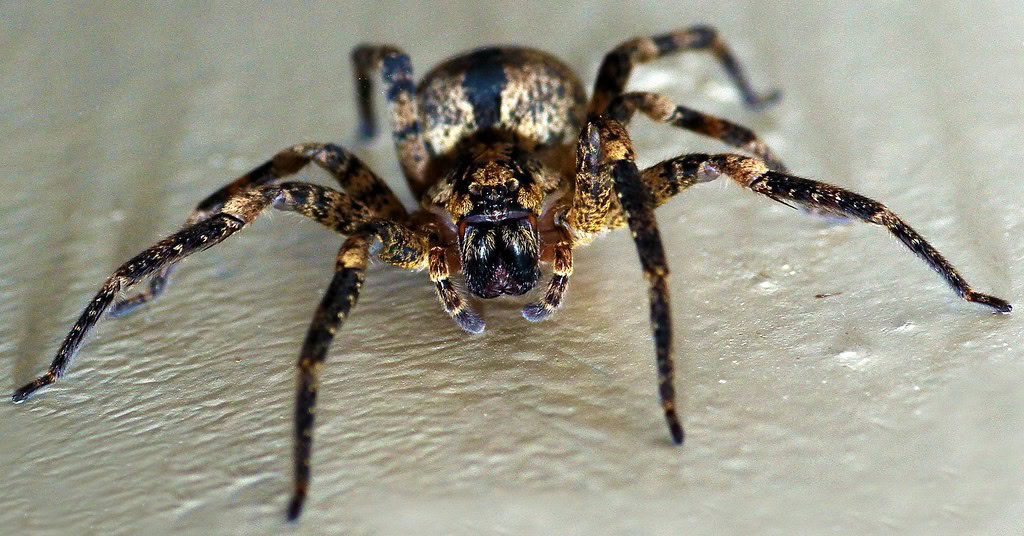Spiders
What is a Spider?
Spiders belong to the order Araneae and are known for their ability to spin webs, a behavior that helps them capture their prey. They primarily feed on insects, playing an essential role in controlling pest populations. However, cohabitation with house spiders can become problematic, especially due to the risks associated with some spider bites.
How to Identify Spiders?
Spiders, easily identifiable by their eight legs compared to the six of insects, exhibit remarkable diversity in size, color, and habitat. Their ability to spin webs, often a telltale sign of their presence, serves both as a trap for their prey and a nest for their eggs. These eggs, typically wrapped in silky cocoons, can indicate an upcoming hatching and a potential future infestation, highlighting the importance of increased vigilance.

Additional Information on Spiders
Pest Type
Both natural predator and household pest, spiders are known for their diversity and adaptability.
Appearance
They vary greatly, with eight legs and the ability to create complex webs.
Lifespan
Their lifespan can range from a few months to several years, depending on the species.
Habitat
They can establish themselves in a wide range of environments, from dark and damp corners to arid and sunny areas.
Diet
Mainly carnivorous, they consume insects.
Life Cycle
Their development includes several stages, from egg to mature spider, requiring multiple molts.
Do I Have a Spider Problem?
Signs of a Spider Infestation
- Spider Webs: Frequent observation of webs in room corners, under furniture, or near openings such as windows and doors. An accumulation of webs can indicate sustained spider activity and the need for intervention to control their presence.
- Visible Spiders: Notable increase in the observation of spiders moving freely in the habitat. An increased presence of spiders in daily living areas suggests a possible infestation and the need for professional evaluation.
- Spider Eggs: Discovery of egg sacs, characterized by their silky and whitish appearance, hidden in discreet or rarely frequented spaces of the house. Finding these egg sacs is a precursor to an upcoming hatching and a potential increase in the spider population.
- Suspected Bites: Manifestation of unexplained bites or itching, particularly in cases where spider presence is constant. It’s important to note that spiders “bite” rather than “sting,” and these bites can sometimes lead to skin or allergic reactions. The appearance of such reactions is a clear indicator of the need for pest control to minimize risks for occupants.


Risks Associated with Spiders
Even though most spiders do not pose a direct threat to humans, some species can cause painful bites or severe allergic reactions. An uncontrolled infestation can lead to discomfort and anxiety within the household. Calling a professional extermination service, such as Exterminapro, is essential to ensure effective protection against these risks by safely eliminating spiders and preventing their return.
Treatments to Get Rid of Spiders
The importance of treating a spider infestation as soon as it is detected is crucial to maintaining a healthy environment and preventing increased nuisances. Exterminapro offers a range of spider-specific treatments tailored to each situation.
Preventing Spider Infestations
- Reduce Entry Points: Seal cracks and openings to prevent their access.
- Eliminate Hiding Spots: Regularly organize and clean to reduce areas where they can settle.
- Control Insects: Maintain pest control efforts to eliminate insects that serve as spider food.
Types of Treatments to Control Spiders
- Chemical Treatment: Use of specific insecticides designed to effectively target spiders and their eggs. These treatments are chosen for their efficacy while minimizing impacts on the health of occupants and pets. Professional application ensures complete pest elimination, preventing any future reinfestation.
- Physical Treatment: Meticulous vacuuming of webs, spiders, and their eggs for immediate population reduction. This non-chemical method is particularly effective for accessible areas and helps reduce the visible presence of spiders without using insecticides. It is often complementary to chemical treatment for an integrated pest management approach.
- Prevention: Application of treatments along the exterior perimeter of your home. This includes placing physical barriers or applying chemical substances to block spider entry, accompanied by recommendations to eliminate habitats conducive to their proliferation, such as reducing ambient humidity and regularly maintaining outdoor areas.
How to Permanently Eradicate Spiders?
The most effective and long-lasting solution to eliminate spiders is to use a professional service. At Exterminapro, we use proven techniques and specific products to quickly treat spider infestations and prevent any reinfestation. Our specialists are highly qualified to detect, treat, and anticipate spider-related problems, ensuring your peace of mind.
Intervention Process
How Much Does It Cost?
Get a Free Estimate
The cost of a specialized pest control service for spiders can vary depending on the extent of the infestation and the nature of the required treatment. Don’t worry, we’re here to make it easy for you! Find out how we are equipped to help you regain peace of mind. Contact us now for a free estimate!

